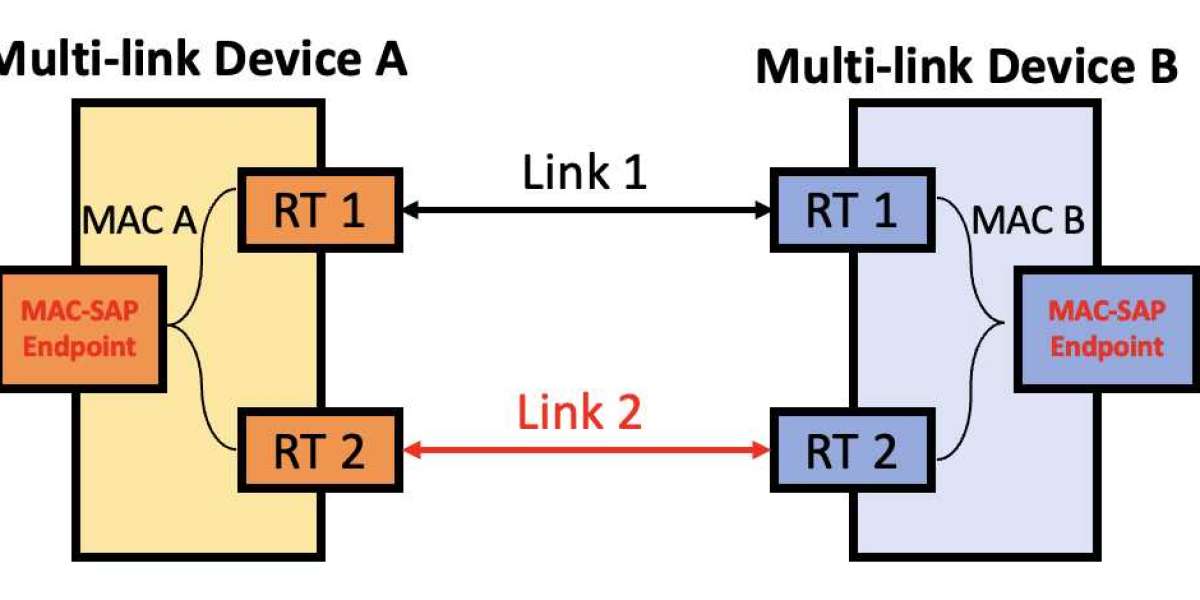In today's digital age, Wi-Fi has become an integral part of our daily lives, providing connectivity for everything from work and entertainment to communication and smart home devices. However, the widespread use of Wi-Fi also makes it a target for cyber threats. Ensuring robust Wi-Fi security is crucial to protect your network and personal information from unauthorized access and cyberattacks. This article highlights essential tips for enhancing Wi-Fi security and safeguarding your wireless network.
- Change Default Router Settings
Wi-Fi Security come with default usernames and passwords that are easy for hackers to guess. One of the first steps in securing your Wi-Fi network is to change these default settings to something unique and complex. Access your router’s configuration page through a web browser and update the default credentials to enhance security.
- Use Strong Encryption
Encryption helps protect the data transmitted over your Wi-Fi network. Ensure that your router is using the strongest encryption method available. WPA3 (Wi-Fi Protected Access 3) is the latest and most secure encryption standard. If WPA3 is not available, WPA2 (Wi-Fi Protected Access 2) is still a strong option. Avoid using WEP (Wired Equivalent Privacy), as it is outdated and vulnerable to attacks.
- Create a Strong Wi-Fi Password
A strong Wi-Fi password is essential for preventing unauthorized access. Choose a password that is long, complex, and includes a mix of uppercase and lowercase letters, numbers, and special characters. Avoid using easily guessable information such as birthdays or common words. A password with at least 12 characters is recommended for optimal security.
- Disable WPS (Wi-Fi Protected Setup)
WPS is a feature that allows devices to connect to your Wi-Fi network by simply pressing a button or entering a PIN. While convenient, WPS can be vulnerable to brute-force attacks. Disabling WPS in your router’s settings can reduce the risk of unauthorized access.
- Update Router Firmware Regularly
Router manufacturers often release firmware updates to address security vulnerabilities and improve performance. Regularly check for and install firmware updates for your router to ensure you are protected against known threats. Keeping your router’s firmware up-to-date is an important step in maintaining network security.
- Enable Network Encryption
In addition to WPA2 or WPA3 encryption, consider using network encryption settings like hiding the SSID (Service Set Identifier) of your Wi-Fi network. While hiding your network name does not fully secure it, it can add an extra layer of obscurity and deter casual attackers.
- Monitor Connected Devices
Regularly check the list of devices connected to your Wi-Fi network. Most routers allow you to view a list of connected devices through the router’s management interface. Monitor this list for any unfamiliar or unauthorized devices and take action if you notice anything suspicious.
- Set Up a Guest Network
If you frequently have visitors who need access to your Wi-Fi, consider setting up a separate guest network. A guest network isolates visitor devices from your main network, reducing the risk of potential security breaches. Configure the guest network with its own strong password and encryption.
- Use a Firewall
A firewall helps block unauthorized access and protect your network from potential threats. Many modern routers come with built-in firewalls, but you can also use software firewalls on your devices for added protection. Ensure that your firewall settings are properly configured to safeguard your network.
- Educate Users
Educating everyone who uses your Wi-Fi network about basic security practices is important. Encourage them to use strong passwords, avoid accessing sensitive information on public networks, and report any suspicious activity. Awareness and good practices help reinforce overall network security.
Conclusion
Ensuring Wi-Fi security is essential for protecting your personal information and maintaining a secure digital environment. By following these tips—changing default settings, using strong encryption and passwords, disabling WPS, updating firmware, and monitoring connected devices—you can significantly enhance the security of your wireless network. Implementing these practices will help safeguard your network from unauthorized access and potential cyber threats, allowing you to enjoy a safe and reliable Wi-Fi experience.
For more info. visit us:







